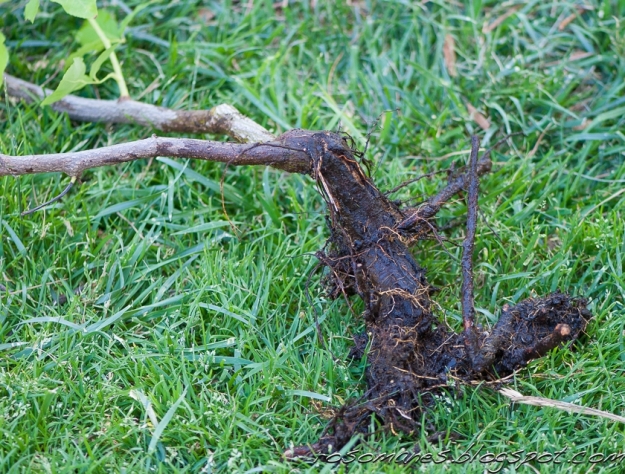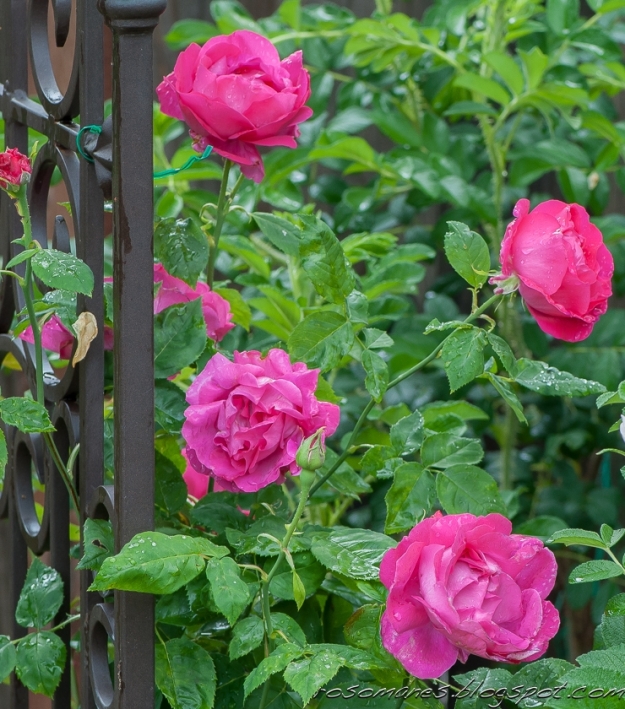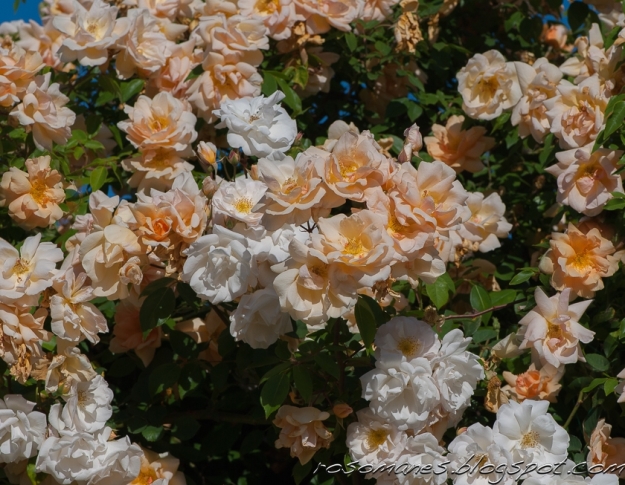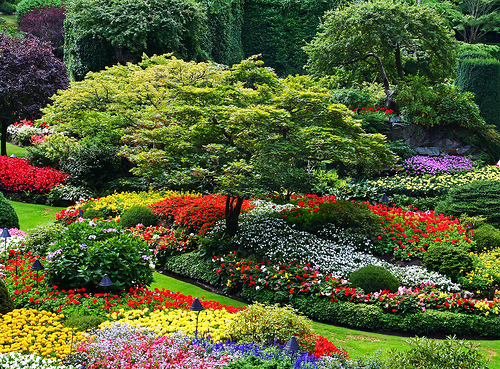
I’m sooooo incredibly excited to introduce you to my dear friend and phenomenal floral designer, Sue Prutting of White Magnolia Floral Designs. Sue truly is one of the kindest, most giving women I’ve had the pleasure of meeting on this wild and wonderful flower journey. From the moment we first met at the Ariella Chezar Workshop in 2013, we bonded almost instantly. Soon after, we were inseparable. Sue and I started as “flower friends,” and have become “real-life” friends as well. Sue was right there beside me, lending a patient, supportive and encouraging hand at last year’s wildly popular Seasonal Bouquet Project workshops and again at all of our on-farm workshop this year. She and I are going to team up again on a road trip this fall to do the floral designs for a fellow farmer florist’s wedding in North Carolina. It is going to be epic! Sue is a fantastic floral designer and every time we’re together I learn so much. Sue’s beautiful, abundant designs have brought graceful elegance to weddings, Bar Mitzvahs, book signings and big events in the Washington D.C.-area and in select venues across the country.

Erin: Sue, can you share a little bit more about your business and your design style?
Sue: Sure! I guess I would describe my design style as garden inspired. It has a formality…or maybe an elegance to it because of the product I love to use, but also has a bit of a natural and wind blown look. Layers and layers of texture, branches, berries and vines, are some of my favorite elements. I primarily design weddings and events and my proximity to Capitol Hill has lead to some pretty cool assignments: really meaningful fundraisers, photo shoots, events for dignitaries etc.

Sue: One of the things I love about owning a business is that I have been free to morph my business model and reinvent myself as my responsibilities at home have shifted. As my kids have grown, I’ve been able to travel more and help other designers behind the scenes at their workshops. Teaching is a real passion of mine – sharing what I have learned and helping others grow is the best! Also, getting to hang out with some ridiculously talented people and continuing to learn from them, isn’t too shabby either. Working with you on the Farmer Florist and the Floral Intensive Workshops, meeting all of the attendees and getting to see them spread their wings has been a real highlight for me. Plus, I never laugh as hard as when I am with you Sister!

Erin: Garden and yard space is at a premium in D.C. With limited space, what flowers and foliage get prime real estate in your cutting garden?
Sue: It is really hard to get the foliage and flowering branches I love to use, so lately I’ve been focused on planting all sorts of bushes and even a few trees. I have about an acre to play on and have planted crab apples, viburnum, two types of nine bark, way too much spriea (if there is such a thing), mock orange, winterberry…all sorts of goodies. Developers in my neighborhood have been great about letting me dig up plants before they raise a house and clear the lot. I have lots of peony, hydrangea, grasses and some mixed perennial beds. Also, living in the DC area means you must have cherry trees and azaleas in your garden. The first week of May is an absolute color explosion in this area, and both do surprisingly well in arrangements. Next up on the planting wish list…garden roses.

Erin: I know that no floral designer likes being asked their favorite flower, because we all have at least 40 favorites. (Plus, our favorites change depending on the season–or the day, for that matter!) So, instead, tell me about a few of flowers and foliage that you’re smitten with this summer.
Sue: This summer, I have gotten a ton of use out of my ornamental plum tree. It has been great to cut the sweetness of the blushes and pinks that have been so popular. Some other favorites are beach tree foliage, thornless blackberry and this crazy wild rose that grows in my area. After an unfortunate poison ivy incident, I now look like a hazmat worker when foraging it. Finally, I’d say that my little shade garden has been a real workhorse for me this year. I’ve been loving Solomon’s Seal and especially Epimedium. It’s foliage lasts forever when cut and those little heart shaped leaves are soooo good in bouquets.

Erin: Like so many great floral designers, you switched careers to pursue this “creative operation,” as you describe it. I would imagine your background as a Clinical Social Worker helps in working with (shall we say) “discerning” bridal clients. How has this training influenced your business?
Sue: I think more than anything, I have empathy for the brides and the amount of work it is to plan a wedding. If things get a little crazy, I try to hear them through that filter and help them manage their stress. I think one of the most frustrating things you can ask a bride is “What is the vision you have for your wedding?” It really helps to break that question down into smaller bites – “How do you want your guests to feel when the enter the reception; like they are coming home? Blown away? Pumped up? Peaceful and serene?” It is my job to translate, and put to words what they are picturing in their mind. I think my training has also helped me to separate other peoples stress from my own and most importantly, I can keep a straight face no matter what someone says to me. 😉

Erin: You’ve traveled all over the country as a freelance designer. Can you share a favorite memory (or two)?
Sue: I worked on a wedding in Tennessee with Kate Holt of Flowerwild this summer. Climbing through the woods foraging with Kate and her team (which included Kim Sanders and Janelle Wylie) was a hoot! One night we went out to catch fireflies because they don’t have them in California. It was pretty magical. Noticing the beauty and the gifts that are right there in front of us each day is key.

Sue: A few years ago, I started traveling to train and work with other designers after I had what felt like a huge setback. I started to doubt what I saw as beautiful and needed to see my work through a different lens. Learning from designers I admire and trust, and then working with them has allowed me to do that. It has been so empowering. I think the climate in our industry has changed dramatically in the last few years. Professionals like you, Erin and Ariella Chezar, Sara Rhyanan and Nicolette Owen, Kate Holt, Françoise Weeks, Jennie Love and Holly Chapple, to name a few, have been so generous with their experience and information. That willingness to share what they know, be transparent and to connect growers and designers around the world through their workshops and social media has changed the face of what we do, and how we do it. This is a tough job and can be a little isolating, but now thanks to these women and others, it doesn’t have to be.

Erin: This column has become the place to confess floral foraging “adventures.” Any you’d care to confess?
Sue: Ok, here goes. My mom swears that I have been picking “roadsideia” since I could first walk, and she is probably right. I was forever coming home with a little bunch of wild violets, or black eyed Susan’s. Walking home late one night in college, I stopped to admire some bearded iris and made the mistake of picking one. I swear a woman must have been hiding in the bushes two feet from me, because as soon as I made that cut, I heard “Do you always take what you want” in a old craggy southern drawl. She seriously scared the crud out of me. I ran so hard and fast that I crushed the poor iris. Serves me right. I avoided that part of campus for the rest of my time at school.

Erin: I am counting down the days until we get to meet up in D.C. and then make the drive down to North Carolina to Sassafras Fork Farm, foraging along the way. We are going to create the biggest, baddest bouquets ever for Stephanie Hall’s wedding. I can’t wait! While we don’t want to spoil tooo many of the surprises we have in store for sweet Stephanie, would you like to share perhaps a little preview of what we’ll be doing down there?
Sue: It is going to be epic! Stephanie is building the most beautiful reclaimed wood, post and beam barn on her family farm. It will be an amazing venue for events in the future, and we get to decorate the heck out of it for her wedding. She is a sweet and trusting soul, because she has given us carte blanche to “do what we do best”. With 350 guests expected, dinner will be served family style on long vintage farm tables. Lots of platters and bowls on the tables means not a lot of real estate for flowers, so we are going vertical! We will be using all American grown flowers – from our own gardens, from Stephanie’s farm and from a number of flower farmers we will pass on our drive down to North Carolina. Plus, we will get to use tons of foliage from her farm, and maybe even a little roadsideia. I’ll be sure to pack you a hazmat suit.

Erin: I seriously cannot wait! It’s going to be absolutely amazing! Sue, from the bottom of my heart: thank you. Thank you for your kindness, generosity and for all that you do. I so treasure your friendship.
Sue: Right back at you Erin. I just love getting to live this life with you!
























































